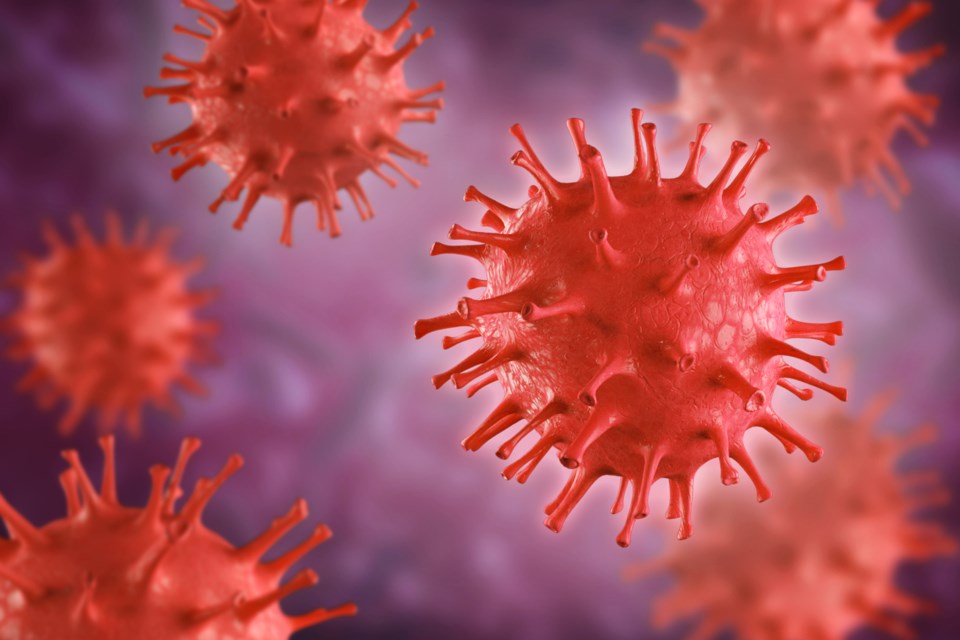The number of new COVID-19 infections on the North Shore have continued to drop in August from a surge earlier in the summer.
Official numbers of infections reported in the most vulnerable have dropped by almost half in North Vancouver and West Vancouver in the past week, with 17 new infections reported between Aug. 14 and 20 compared to 30 infections the week before. (Two of the cases were in West Vancouver while 15 were in North Vancouver.) The figure is considered a vast underestimate of actual numbers but does point to trends in infection rates.
Viral loads at North Vancouver sewage plant down 69 per cent
Viral loads at the North Shore sewage plant, considered a more accurate indicator of community-wide infection levels, haven’t been sampled since Aug. 17.
At that point, however, they were recorded at 6,391 viral parts per litre – a decrease from the 17,000 viral parts per litre sampled a few days earlier and a huge drop compared to the 81,489 viral parts per litre measured on July 4.
According to the most recent situation report from the B.C. Centre for Disease Control, in the two weeks leading up to Aug. 20, viral loads at the Lions Gate sewage treatment plant have decreased by 69 per cent.
In general, viral loads at wastewater plants throughout Metro Vancouver have been decreasing since early July, according to the BCCDC.
Hospitalizations down in VCH
COVID hospitalizations in Vancouver Coastal Health are also down, according to BCCDC. There were 72 people with COVID in hospital in VCH as of Aug. 25, compared to 90 people Aug. 18 and 116 people a month ago.
Five of those people were in critical care. There were six COVID-19-related deaths in the past week in VCH.
BA.5 omicron variant behind summer COVID cases
According to the BCCDC, the newest and more transmissible Omicron variants BA.4 and BA.5 make up almost all of the COVID-19 cases and have driven the earlier summer surge in COVID-19 infections.
Experts have said that immunity to the COVID-19 virus appears to wane over time, and tends to decline significantly if it’s been more than four months since your most recent COVID-19 vaccination or infection.
The province is planning to roll out a push for fourth booster doses for most of the population this fall.
Earlier this month, Health Canada announced it has approved a third booster dose of the Pfizer COVID-19 vaccine for children five to 11. The government also approved the first COVID-19 vaccination for children between six months to five years of age earlier this summer, with appointments starting this month.
But so far, rates of vaccination among kids for the first two doses are still lagging behind other age groups.
Between 60 and 70 per cent of children five to 11 on the North Shore have received two doses of COVID vaccine.
But those are among the highest rate of vaccination for children in the province. In many other communities, vaccination rates for children have hovered between 10 and 30 per cent.
There’s no word so far on how many children in the younger age group have received a jab.
[email protected]
twitter.com/JaneSeyd



